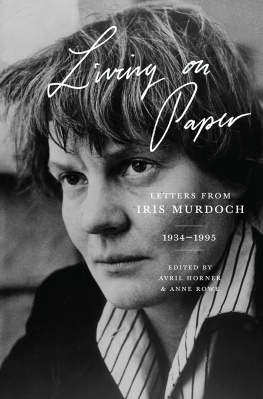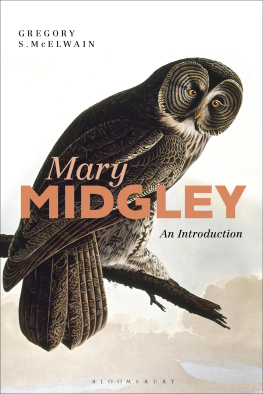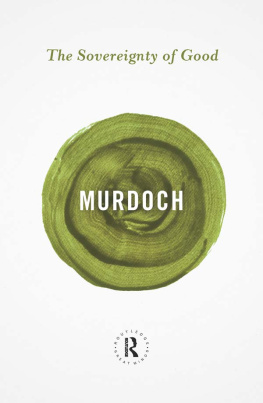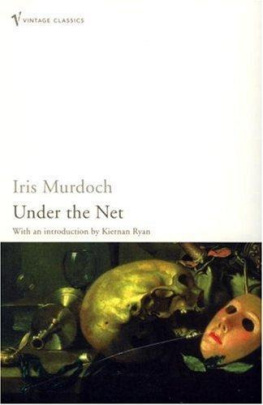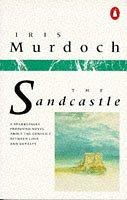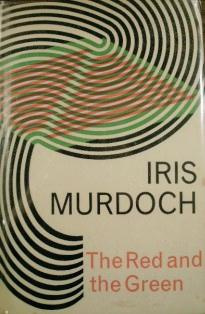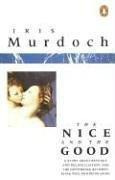THE WOMEN ARE UP TO SOMETHING

Oxford University Press is a department of the University of Oxford. It furthers the Universitys objective of excellence in research, scholarship, and education by publishing worldwide. Oxford is a registered trade mark of Oxford University Press in the UK and certain other countries.
Published in the United States of America by Oxford University Press
198 Madison Avenue, New York, NY 10016, United States of America.
Oxford University Press 2022
All rights reserved. No part of this publication may be reproduced, stored in a retrieval system, or transmitted, in any form or by any means, without the prior permission in writing of Oxford University Press, or as expressly permitted by law, by license, or under terms agreed with the appropriate reproduction rights organization. Inquiries concerning reproduction outside the scope of the above should be sent to the Rights Department, Oxford University Press, at the address above.
You must not circulate this work in any other form and you must impose this same condition on any acquirer.
CIP data is on file at the Library of Congress
ISBN 9780197541074
eISBN 9780197541098
DOI: 10.1093/oso/9780197541074.001.0001
To Mary Lipscomb, Susan Lipscomb, and Josephine Lipscomb, and to the memory of Barbara Lipscomb
Contents
On a chill March morning in 2010, I found myself just north of the Newcastle city center, walking a path along the bottom of Jesmond Dene, pausing sometimes to see what was stirring. Birds and more birds, mostlythe Dene is famous for its dawn chorusbut a few mammals, too: squirrels, a lone urban fox. I had an invitation for lunch, just west of the ravine. But I was already enjoying Mary Midgleys hospitality.
I had written to Midgley in December through her publisher, asking if she would be willing to talk. I explained I was planning a book about her and three of her friends: Elizabeth Anscombe, Philippa Foot, and Iris Murdoch. Id been reading these four philosophers for years before learning that theyd all been at Oxford together. Now I thought there should be a book about them. I was interested not only in their beginnings and their friendships but also in their ideas: how they had challenged the anti-realist ethics of their male contemporaries and developed an alternative. I told her I would be in England for the next several months, teaching in my colleges honors semester in London. I didnt know yet what I should ask, but: would she be willing to meet?
There was nothing normal, though, about the time when she and her friends were at university. The Second World War was on, depleting Oxford of men. The best teachers who remained no longer had many advanced male students. They gave their full attention to Midgley and her friends, some of the most brilliant women in England or in the whole Western world.
I owe as much to Midgleys personal generosity as to the prompting of her memoir. As soon as my letter arrived, she emailed to say shed be happy to talk. If I took the train up from London, I could visit her at her home, the ground floor of a terraced house near the Dene. She said shed feed me before I returned home. We fixed a date. Thinking that, for a nonagenerian interviewee, Id better be available whenever she preferred, I booked an early departure from Kings Cross to Newcastle and a late return.
Midgley was a little surprised when I told her I would be in Newcastle by 9. She had supposed, reasonably, that I wouldnt arrive until past noon. I assured her I was happy to take in the local sights until she wanted to meet; I had never been north. At which point, she threw herself into sketching my itinerary:
[I]f the weathers fine, you should surely start by going down to the quaysidewhich is only 5 minutes from the stationand looking at the bridges, which range from Stephensons 1842 two-level affair to the fascinating recently built Millennium Bridge. And if you can come up from the quayside via The Side and Grey Street, you will see the fine classical town centre, topped by Lord Grey of the Reform Bill on a whacking big pillar.
She also reviewed the local art museums, but concluded, Ill expect you when I see you. Later, she mentioned about the Dene.
When I finally arrived at the end of the morning, the first thing Midgley did was serve me lunch, cheese on toast with lentil soup. We began talking at the wall-mounted table in the small kitchen in the back of the house, then made our way forward to the library looking out onto the lane. All afternoon, she urged tea on me, and biscuits from a plaid tin. We both lost track of timeeither that, or she was just being generous.
My notes from that day arent terribly useful. Again, I didnt yet know what to ask. But she welcomed me back twice over the next two-and-a-half years. At one point, she sent me off to the local library with a pile of documents from her filing cabinet to scan for my use. Each time, we had lunch, and tea, and biscuits.
This book is about the joint power of circumstance and character: about four people who were in the right place and timeand in the right companyto do unprecedented and transformative things. How did Anscombe, Foot, Midgley, and Murdoch all follow a path that was virtually unmarked? How did they stick together, different as they were? And how did they work their way toward a set of ideas sharply at odds with what nearly everyone around them thought?
This wasnt just a view about ethics; it was a view about the kind of world we inhabitabout whats real. It was widely supposed to be the only acceptably modern thing to think.
These four friends diagnosed this as an intellectual fad. And they articulated an alternative: there are moral truths, grounded in the distinctive nature of our speciesin facts about what human beings need if they are going to thrive. They drew on neglected ancient resourcesPlato, and especially Aristotlebut also on Charles Darwin and Jane Goodall, to explain how we are less exceptional than we imagine, and more at home in the world. More than one thing about these women bears explanation, then. Yes, how did they imagine their way into philosophy at all? But also, what prepared them to resist intellectual conformity? And notwithstanding their many differences, how did they build on one anothers work? Because they were more than a cluster; without any of them exactly intending this, they became a school.
There are really two stories in this book, then: first, a story about four women, their overlapping friendships, and their struggle to establish themselves as philosophers in an often-hostile context; second, a story about two conflicting approaches to ethics. The two are connected. Murdoch, Anscombe, Foot, and Midgleys struggle to establish themselves was in part a struggle to get a hearing for their ideas.
Over the following nine chapters, I trace the intertwining lives of these four characters: a Bohemian novelist and spiritual seeker; a zealous Catholic convert and mother of seven; an atheistic daughter of privilege; and a stay-at-home mother who finally wrote the first of her 16 books in her 50s. But I also sketch the implicit project I see in their work.
Because the project itself has to be narrated. It was an unfolding one, not something these four devised one day over tea in the late 1940s, when they were all back together in Oxford as postgraduates. This is unsurprising, because what they eventually accomplished involved an imaginative leap outside what their contemporaries and predecessors thought. Maybe some great imaginative leaps happen all at once. More commonly, though, as Thomas Kuhn describes and illustrates, people first raise new questions about a dominant paradigm, freeing their audience to consider that it could be wrong; next, others begin to try out alternatives: or perhaps just bits and pieces of alternatives. Only later does it become possible to develop these. The leap outside the picture that captivated philosophers in the first half of the twentieth centurya picture on which facts and values had little to do with one anotherwas that kind of leap. It was a paradigm shift.


